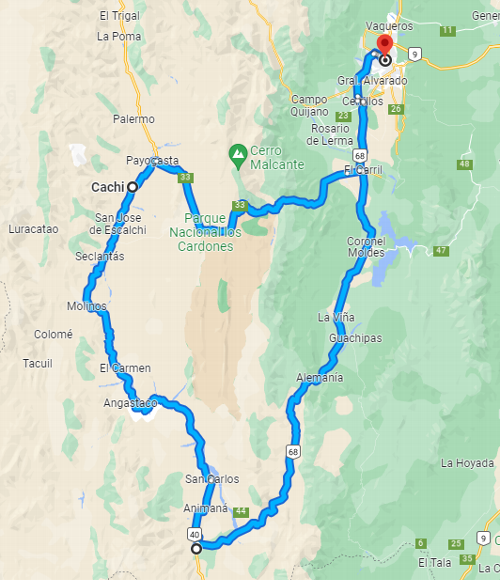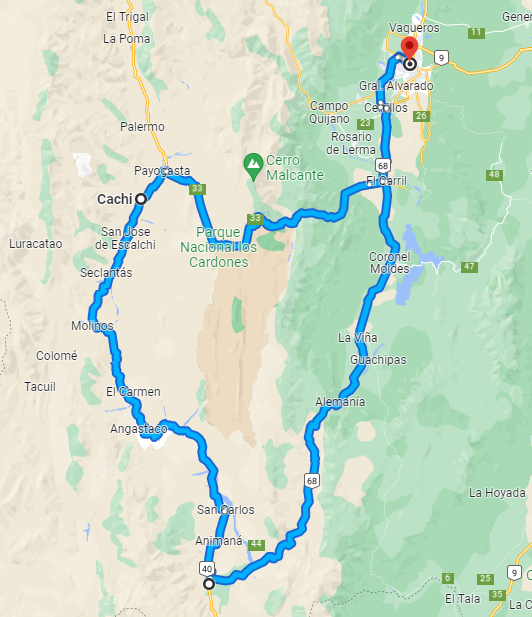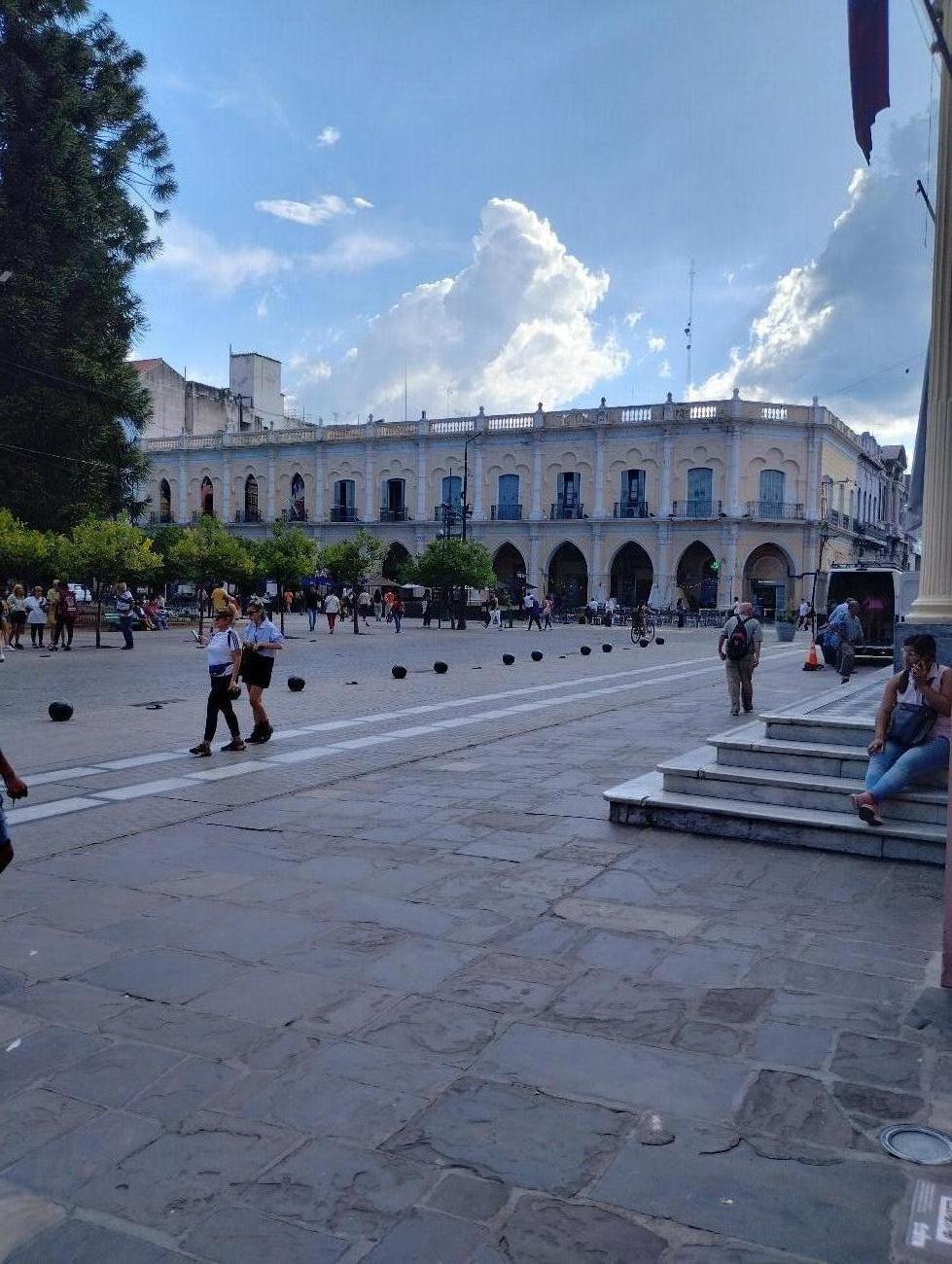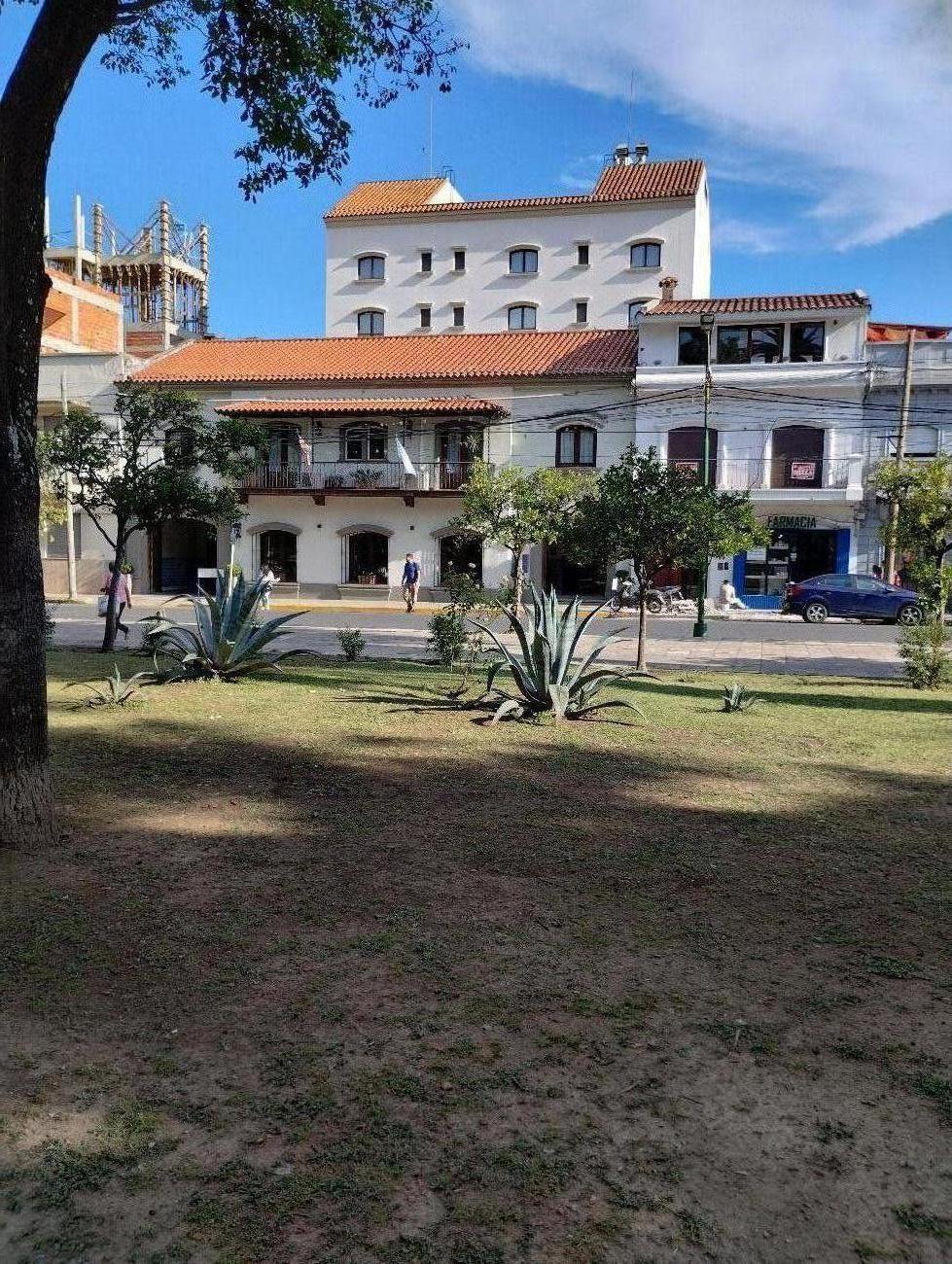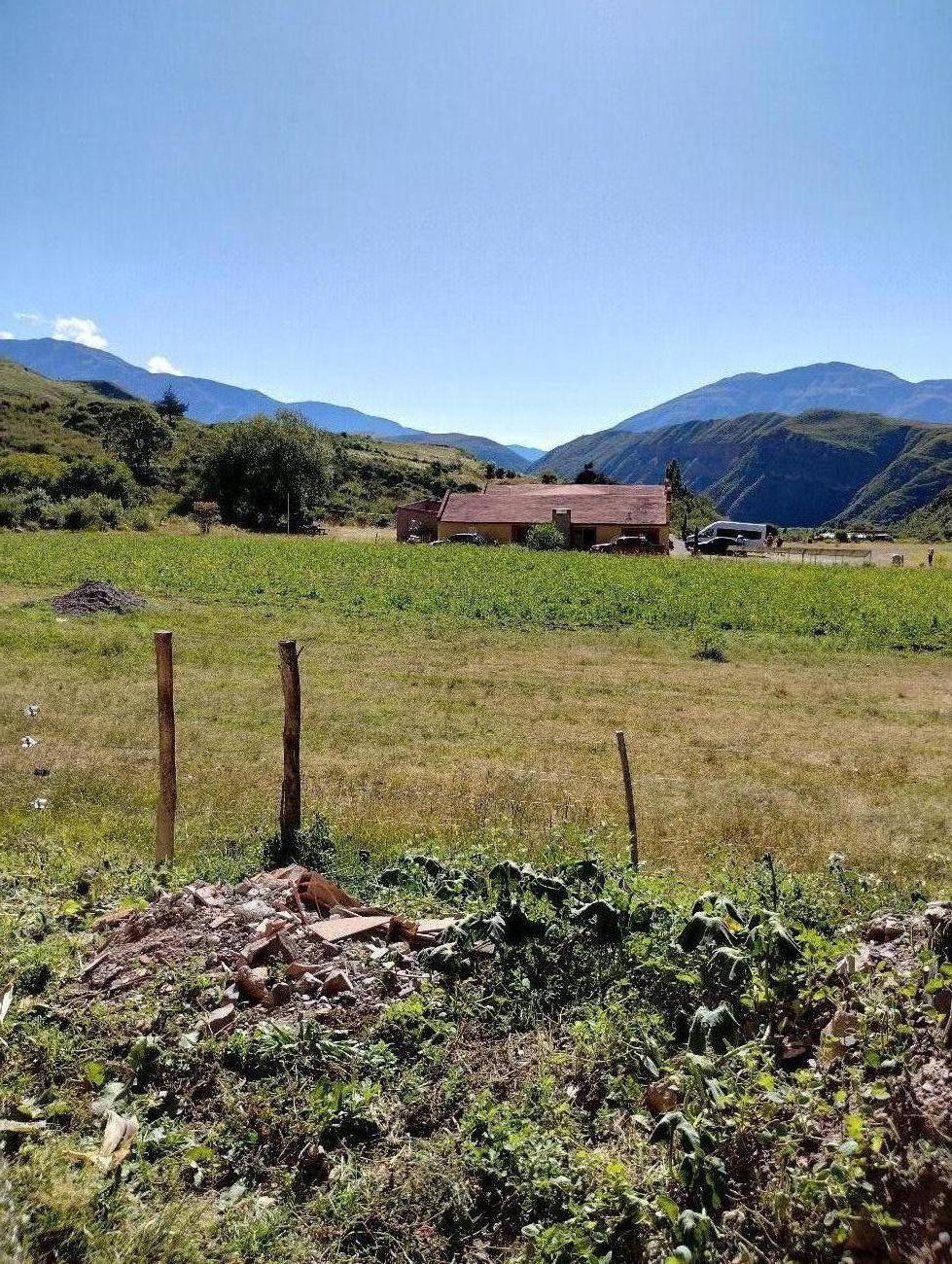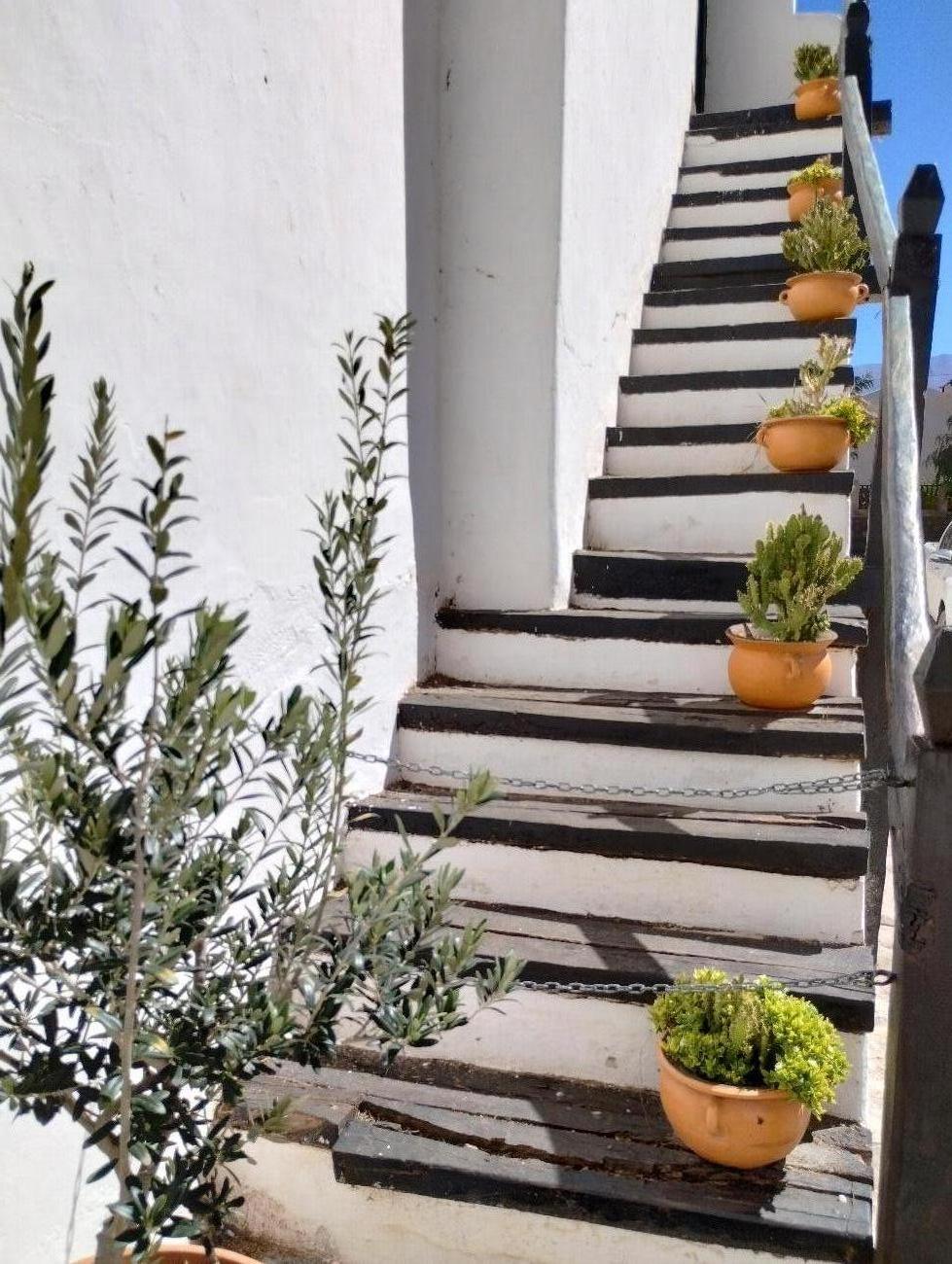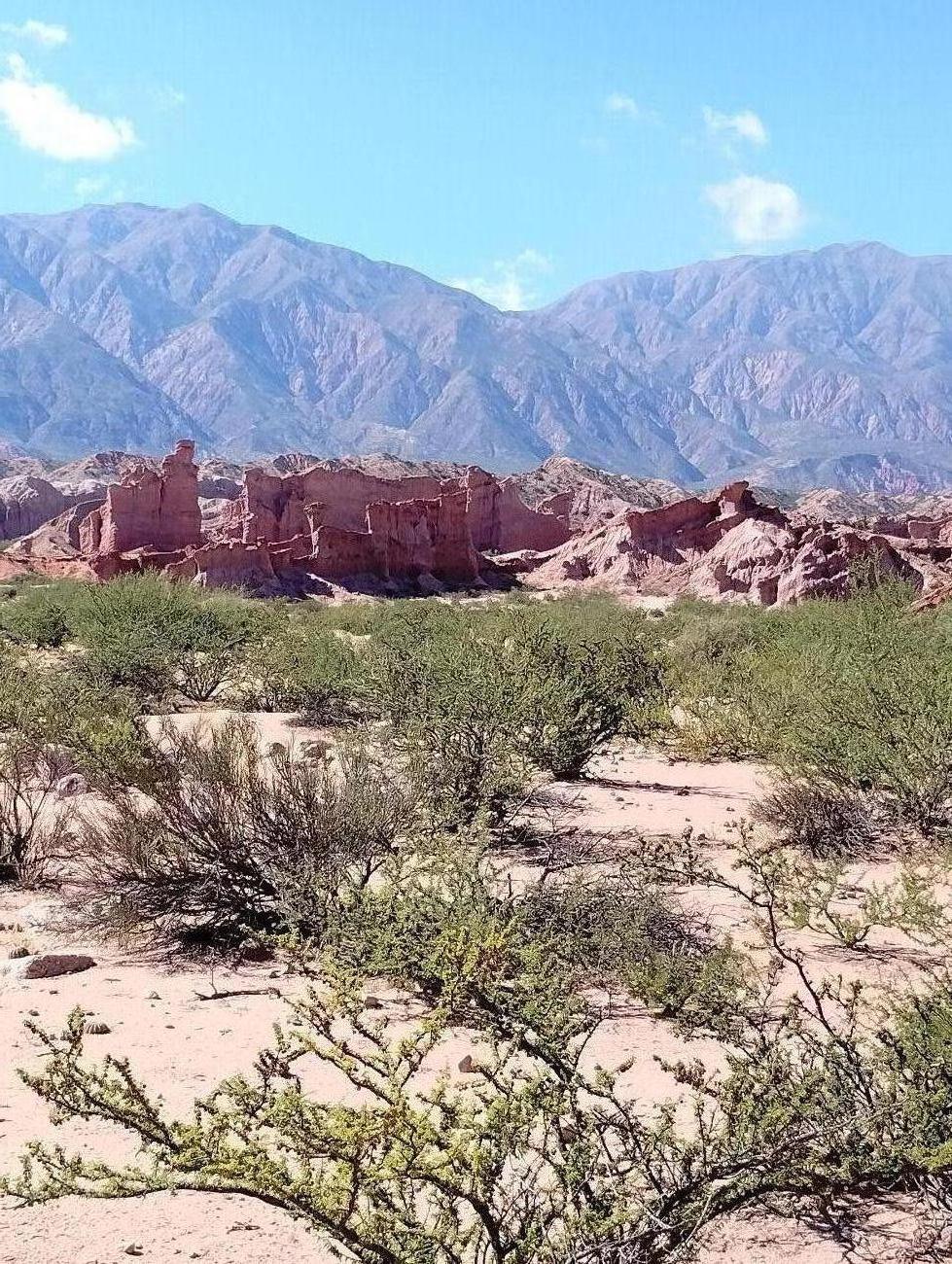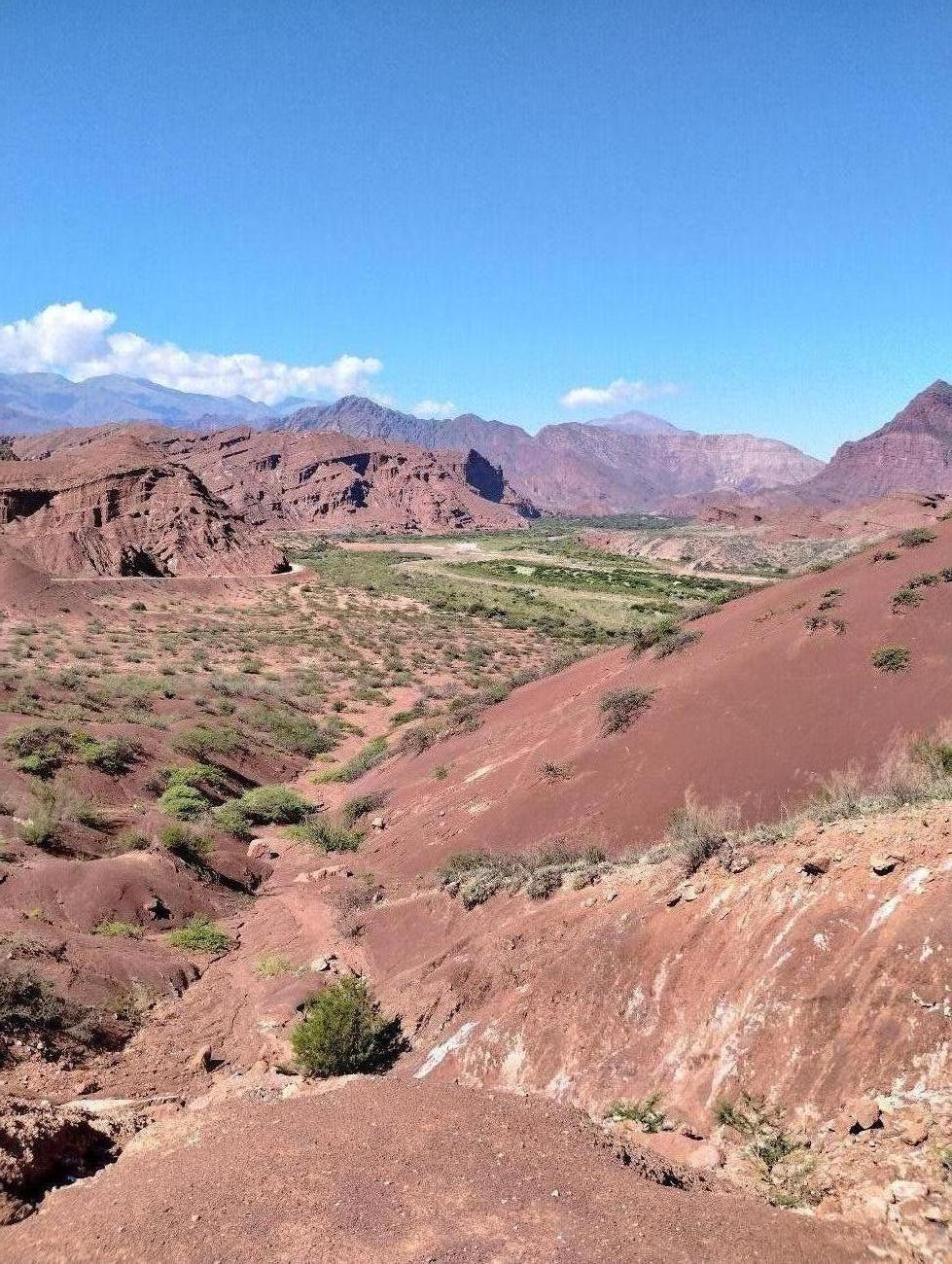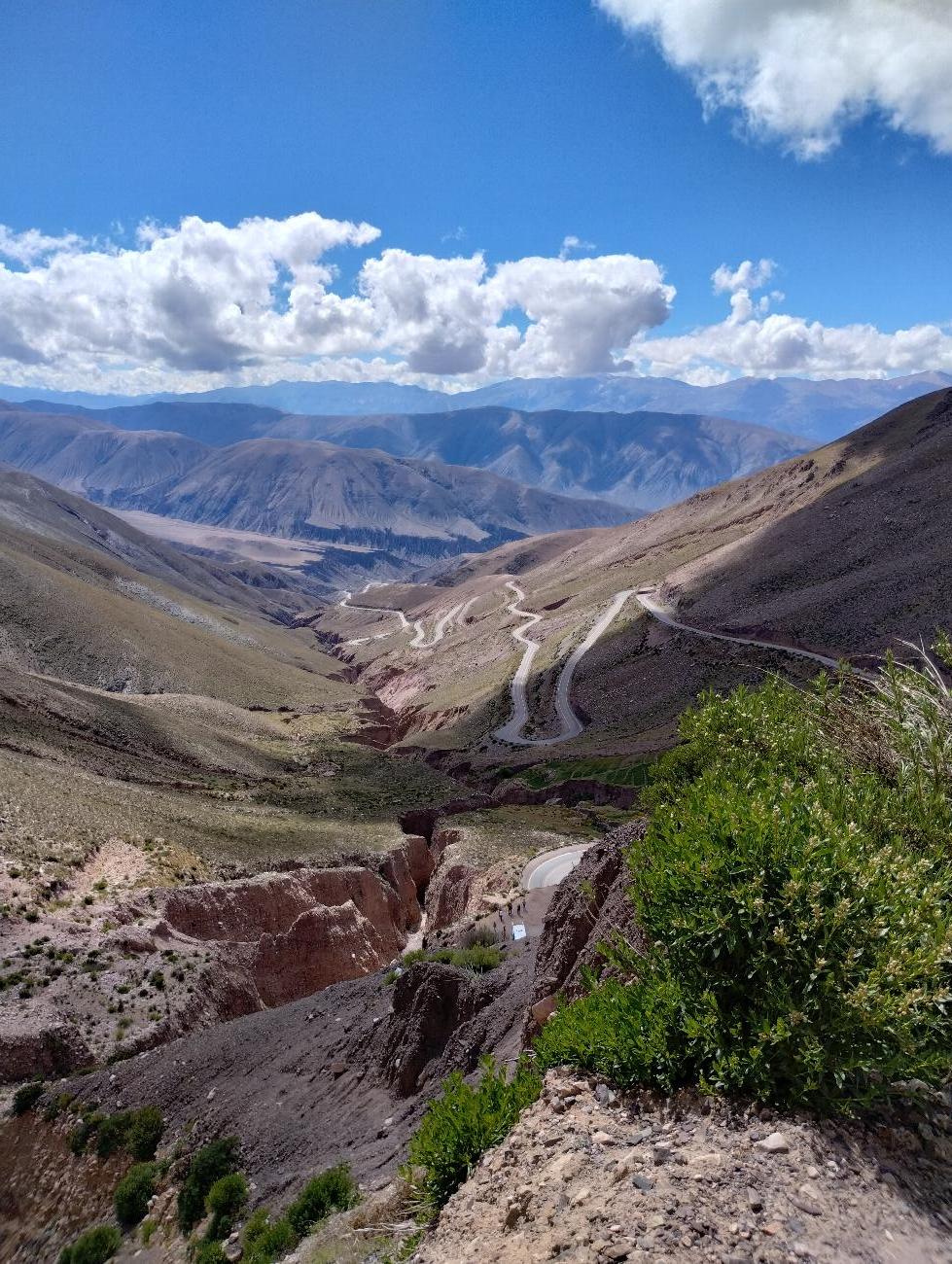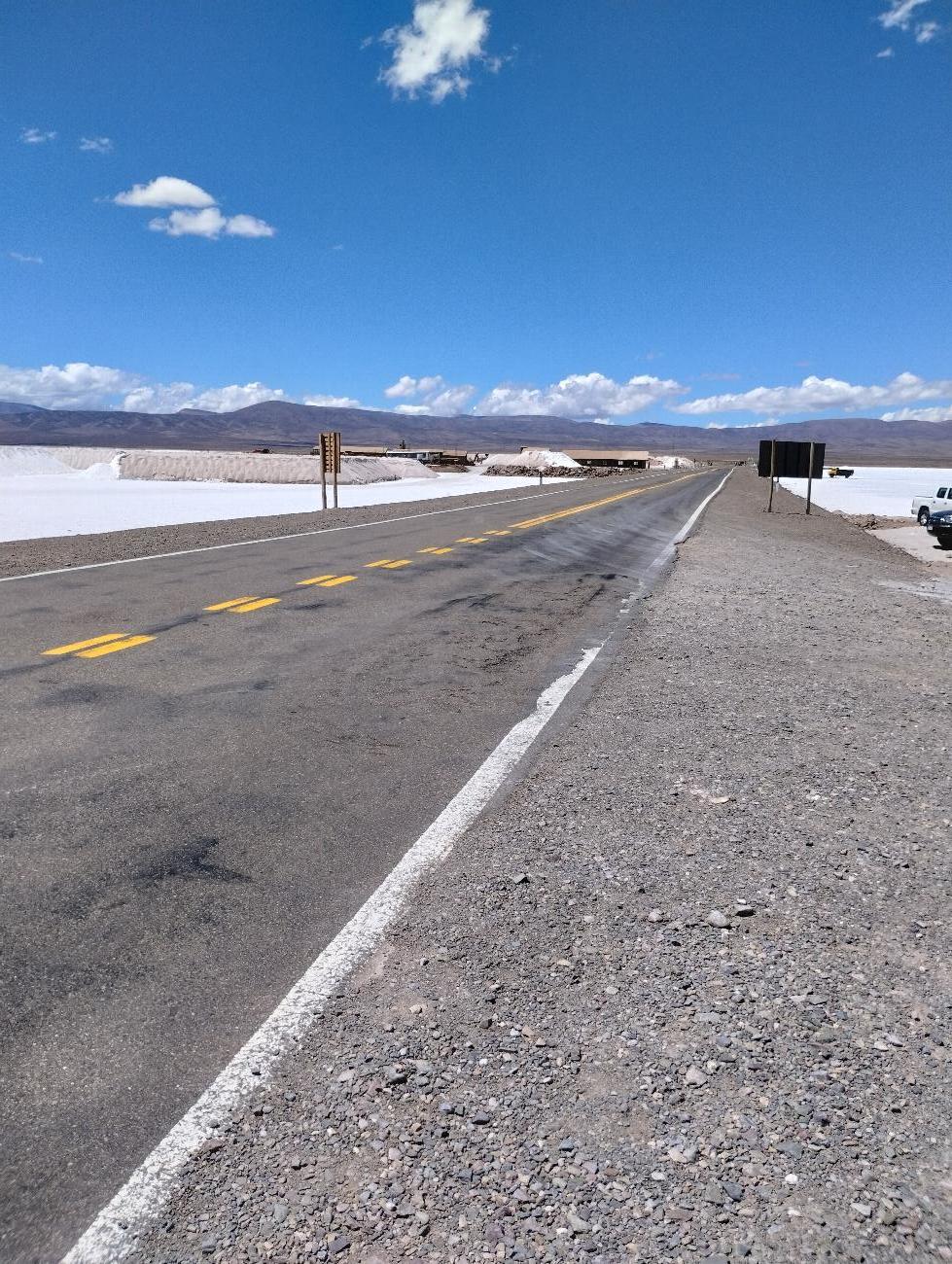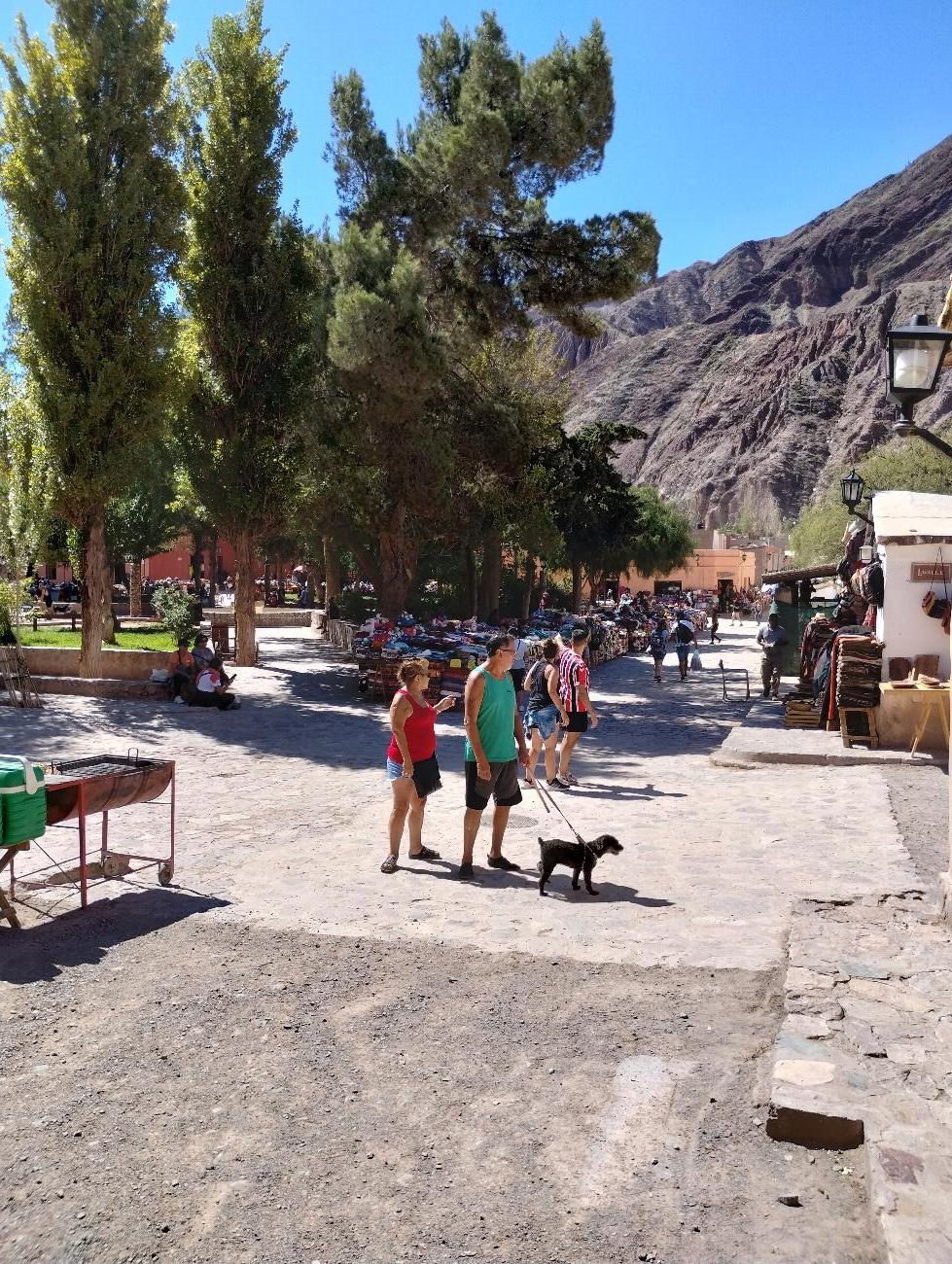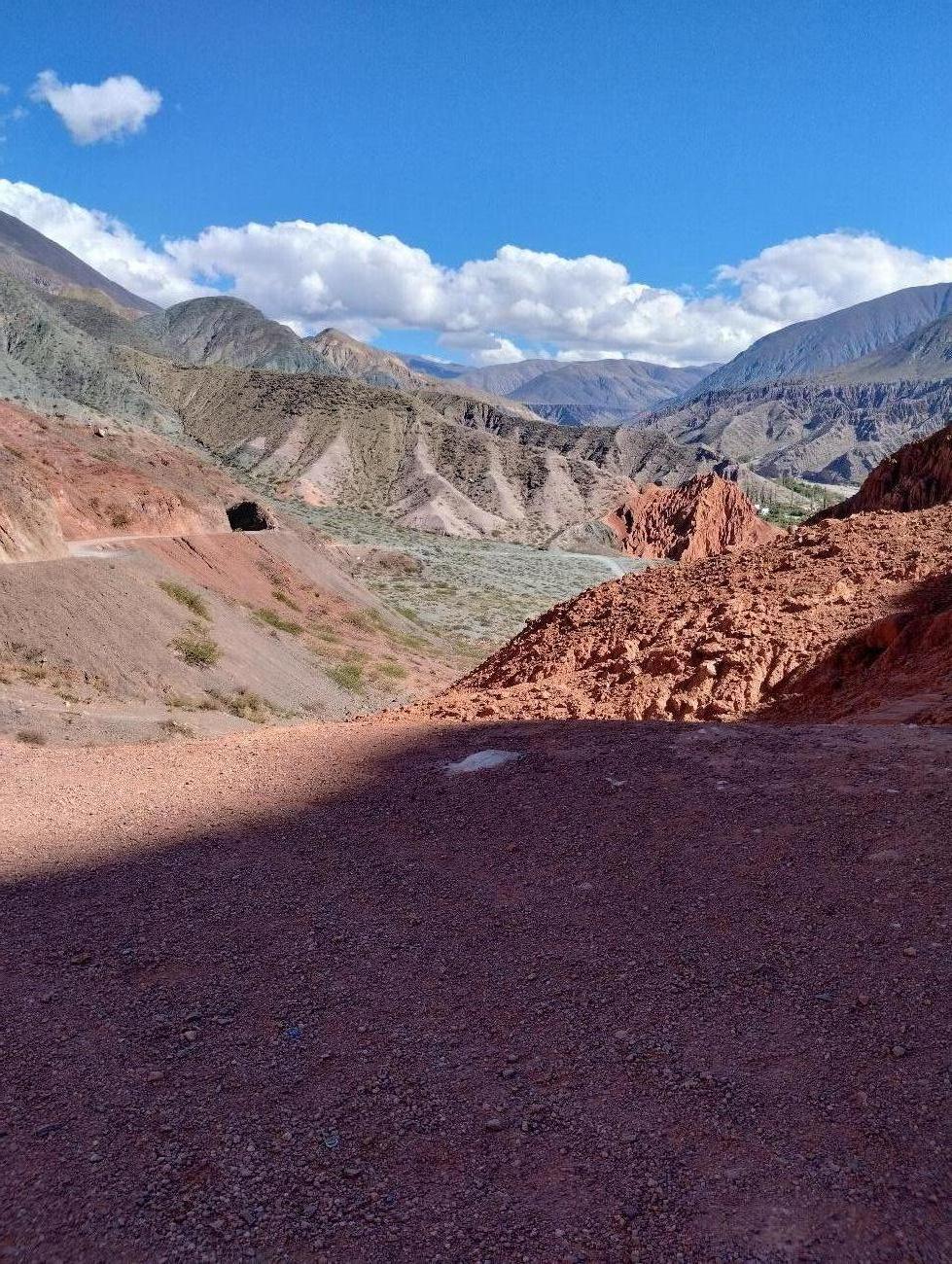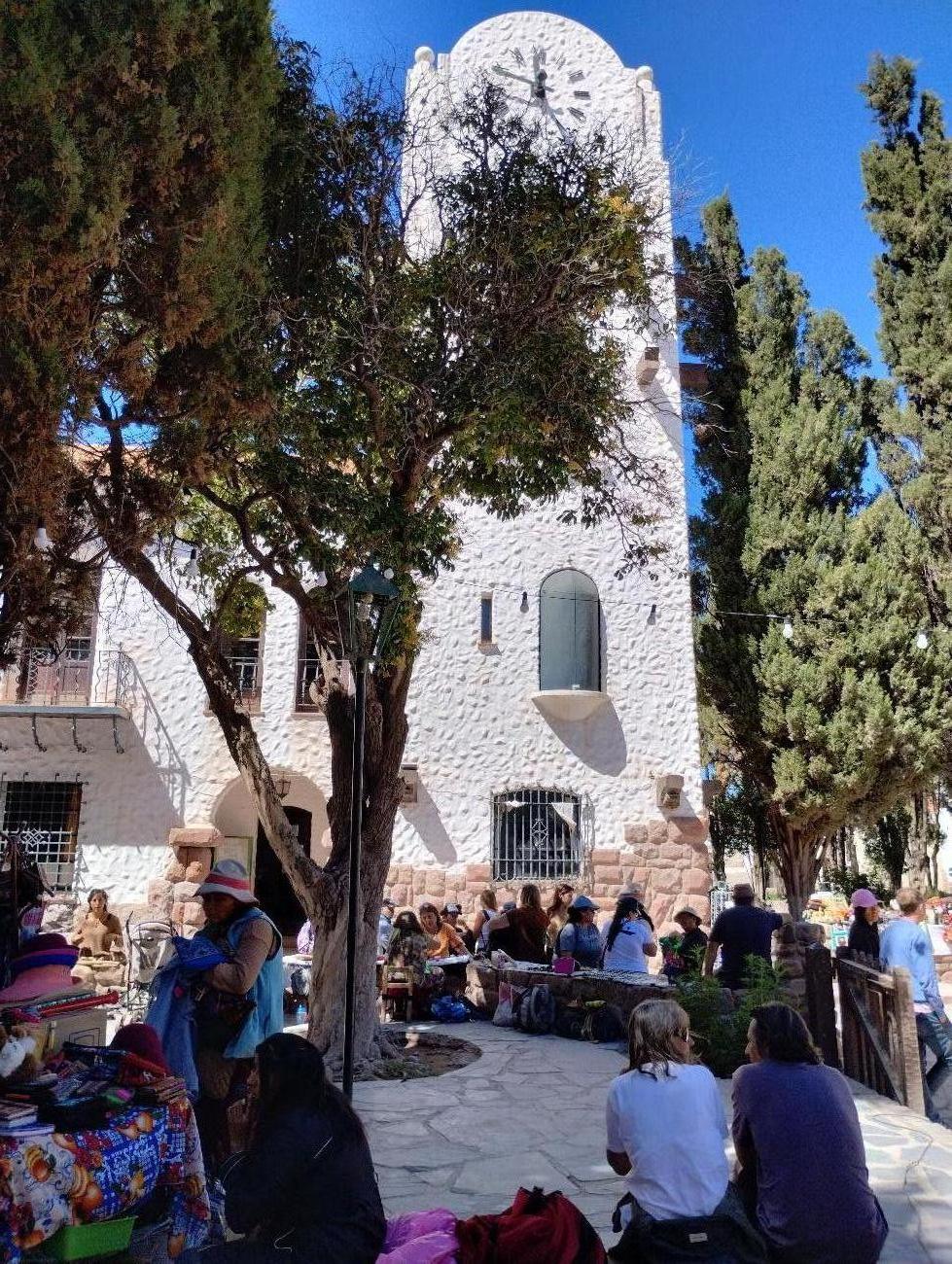The following is a travelogue of a passenger who recently travelled with us to Buenos Aires and to Northern Argentina (Salta and Jujuy).
Buenos Aires (Day 1-3)
While jet lag might be more commonly associated with travelling across a huge number of time zones, the experience of falling asleep on an overnight flight which sets off in late winter and lands in late summer is one which it also takes the brain a while to adjust to.
So the first few hours of landing in Buenos Aires after a 13 hour flight from London are likely to pass by in something of a blur. Fortunately after being driven to our hotel and checking in, we were able to acclimatise by exploring the Recoleta area of the city at a fairly leisurely pace.
The area is a normally bustling one with lots of bars and restaurants though when we were exploring it in late morning it hadn't quite woken up yet either - which is perhaps for the best.
Despite being an area of bustling nightlife, the Recoleta area is perhaps most famous for its cemetery - a chaotic jumble of more than 4,000 elaborate mausoleums packed tightly into 14 acres. It is now home to Argentine luminaries such as Eva Peron and several presidents and Nobel laureates.
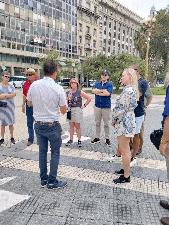 Having recovered somewhat, we decided we had the energy to take on the rest of the city and joined a tour of wider Buenos Aires. This highlighted the diversity of the city, taking in the stately mansions in the tree-lined district of Palermo in the north to the colourful, working class area of La Boca in the south.
Having recovered somewhat, we decided we had the energy to take on the rest of the city and joined a tour of wider Buenos Aires. This highlighted the diversity of the city, taking in the stately mansions in the tree-lined district of Palermo in the north to the colourful, working class area of La Boca in the south.
Having travelled so extensively, that evening we repaired to our hotel to recover.
The following day - our last in Buenos Aires for about a week - was significantly less frenetic, taking in the Latin American Art Museum of Buenos Aires and the tranquil surroundings of the Japanese Gardens.
The next day we would get on a plane towards an altogether different environment!
Salta and Cafayate (Day 3 - 6)
Leaving Buenos Aires and travelling to the far north west of Argentina is like travelling to a different country - not only because getting to Salta, the province which borders Bolivia and Chile, involves getting on a plane, but also because of the change in climate and landscape.
The city of Salta sits at the foot of the mountain chain which extends from Peru all the way to the bottom of Argentina. In many ways it feels like a frontier town and indigenous culture here is strong. But after briefly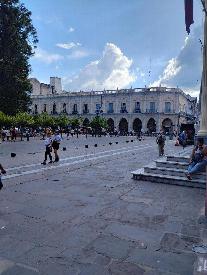 exploring the city centre and sampling the local cuisine of hearty stews of bean and meat, we returned to our hotel to prepare for the next day's journey.
exploring the city centre and sampling the local cuisine of hearty stews of bean and meat, we returned to our hotel to prepare for the next day's journey.
We were collected bright and early by a local driver called Freddy who owned a pick-up truck which obviously had a lot of experience on the area's desert roads and we began our 300 kilometre journey to Cafayate in the south of the province.
As we travelled south towards the mountains, the green, flat plains around Salta gave way first to mountainous forests and then to increasingly arid landscapes until we found ourselves in mountainous deserts in every shade of red, orange and pink. Eventually we arrived in Cachi for a break, a small town made up of adobe houses centred around a main square.
After lunch, we took to the road again, but the road turned into dirt tracks which snaked their way through the landscape as we passed by mountains where signs of life were few and far between. Occasionally the odd church, the occasional cowboy and, every now and then, a pickup truck going in the opposite direction.
As we approached Cafayate the landscape started becoming more verdant. Vineyards started punctuating the scenery more regularly and eventually the dirt track led us to our hotel for the night - a resort surrounded by vineyards and mountains.
Cafayate
After waking up in our hotel nestled among vineyards and green mountains, we were collected by Freddy to 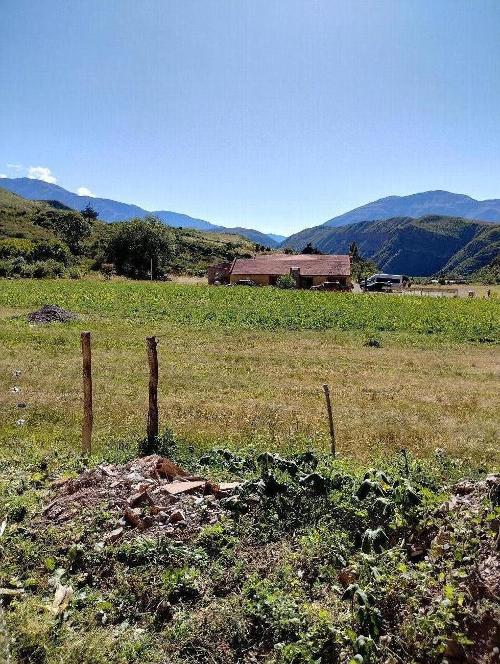 return to Salta. The journey back, on roads mercifully covered in tarmac, was punctuated by stops in several sleepy, scenic villages of adobe houses in the desert where every inhabitant had taken shelter indoors from the heat.
return to Salta. The journey back, on roads mercifully covered in tarmac, was punctuated by stops in several sleepy, scenic villages of adobe houses in the desert where every inhabitant had taken shelter indoors from the heat.
We also stopped at a winery, where we were given a tour and a sample.
As we approached Salta again, having left the city the day before, the mountains gave way to plains, and the vineyards gave way to fields until we eventually returned to our hotel to relax and recover from our long car journey.
The following day we explored Salta a bit more - at first on our own and then in the company of a local tour guide called Sebastian. We visited the main square with its grand cathedral and municipal buildings, then out of the city through the local suburbs and up onto the hill which stands over the city where views of the whole area can be admired. Afterwards we returned to the city centre via the woodland which surrounds Salta.
The next day, we would be travelling up even further into the mountains so we returned to our hotel to brace ourselves.
Day 6 onwards from Purmamarca and back to Buenos Aires
We left Salta for the last time under cover of relative darkness to make the long journey into the mountains and towards the salt flats.
Our journey was taking place on a minibus with a small group of tourists from around the globe and once again we left the flat fields surrounding Salta behind in exchange for the hills and then mountains of the surrounding area.
The landscape was at first lush and hilly and then sparse and mountainous as our minibus climbed further and further. 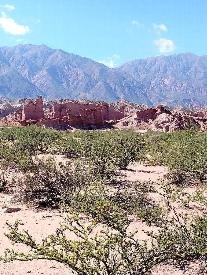
When we approached Purmamanca, the landscape started becoming genuinely spectacular as the unique geological conditions of the Jujuy region became more and more apparent.
Just outside Purmamanca we stopped to take in the Hill of Seven Colours, a stunning local landmark where the different geological layers - each with a different colour - had been pushed above ground to create a range of hills and mountains in greens, yellows, oranges and reds.
But our journey needed to continue if we were to reach our destination in good time. We got back onto the minibus to continue snaking our way up the mountains - eventually reaching 3,500 metres above sea level.
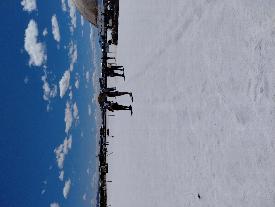 As we crested the mountain, the brilliant white of the salt flats was immediately visible just below us.
As we crested the mountain, the brilliant white of the salt flats was immediately visible just below us.
This was an environment unlike any other. The white of the salt meant taking off your sunglasses was a painful experience, and the air felt dry and hot.
In the distance, an industrial plant could be seen harvesting the salt but closer to us were a series of shacks built from salt bricks, selling local food and souvenirs.
We could not stay on the salt for long because of the risk of sunburn, so after half an hour or so we returned to our minibus and so to Purmamanca where we stayed the night.
Purmamanca is a quaint village of adobe houses full of tourists and stalls selling local artisan crafts. The following day we explored, trekking along one of the paths through the multi-coloured hills surrounding the village. We examined the stalls and bought some souvenirs.
But the small size of Purmamanca meant it was an ideal opportunity to take things easy after many days of travelling.
Eventually, though, we had to leave, and our driver took us to Jujuy airport - stopping in the small town of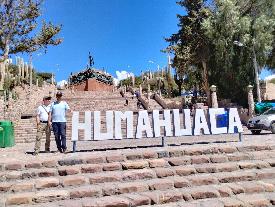 Hurmahuaca for lunch on the way where we had a lama stew - and we flew back to Buenos Aires.
Hurmahuaca for lunch on the way where we had a lama stew - and we flew back to Buenos Aires.
We stayed in Buenos Aires another couple of days, just enough to get our clothes sorted out and to get organised for the return journey to the UK, where a lot of rain was expecting us... what a change after the fantastic weather we enjoyed in our trip!

